Rodan was the first of the stand-alone monster movies following Godzilla Raids Again, the next one being Mothra in 1961, and though this prehistoric flying menace wouldn’t cause as much onscreen damage as seen in 1954s Gojira the threat from a creature that could travel at supersonic speeds, striking Japan one moment and then Manila or the Philippines moments later, made Rodan a menace to be reckoned with.
That is if his wires don’t get fouled up.
The fascinating thing about 1956’s Rodan is that it starts out almost as a murder mystery; after the mysterious flooding in a mine outside the village of Kitamatsu resulted in the disappearance of two miners Shigeru Kawamura (Kenji Sahara), a tunneling and safety engineer, is sent into investigate. What is discovered is the floating corpse of one of the missing miners, sporting wounds made by something incredibly sharp, and as the other miner is still missing foul play is suspected. Kawamura tries to comfort his fiancée Kiyo (Yumi Shirakawa), who is also the sister of the missing miner, stating he doesn’t believe her brother could have committed murder, but when two more local miners and a policeman are found dead, and also horribly lacerated, the popular opinion becomes that the missing miner is some kind of psychopath. But before the mob can get their pitchforks and torches ready Shigeru and Kiyo are interrupted in her home by large insect like creature.“Could I trouble you for a cup of sugar?”
The young lovers flee this terrible apparition but Shigeru quickly returns with some villagers and the local police to confront the monstrous intruder. They chase the creature, which is about the size of a small car, up a nearby hillside until eventually it gets annoyed by their small arms fire and snaps up two policemen in its deadly pincers, killing them instantly. The wounds on the dead police match the same lacerations of those killed in the mine so Kiyo’s brother is in the clear, unfortunately his body is later found dead in the mine so Kiyo isn’t really able to celebrate this revelation for long. The pistols of the local constabulary are useless against the creature so the military are called in but their machine guns seem about as useless as the handguns of the police so Shigeru improvises an excellent attack by releasing a train of mine cars loaded with coal down at the monster which crushes the creature. But before they have a chance to pop champagne bottles it’s revealed that there are several more of the beasties to contend with and soon Shigeru finds himself cut off from his compatriots when the mine begins to cave-in.“Get me the hell out of here!”
Poor Shigeru is assumed to be either crushed by the cave-in or been made into lunch by the creatures, but science must march on and we are then introduced to Professor Kyuichiro Kashiwagi (Akihiko Hirata) who identifies the giant insect as a Meganulon, an ancient species of dragonfly larvae that had lived on the Earth millions of years earlier. But just when you think things can’t any worse an earthquake strikes the area around Mount Atso, which greatly worries the locals as these quakes could trigger a volcanic eruption. Things may look bad for the people of Kitamatsu but Kiyo gets some good news when Shigeru is soon discovered wandering aimlessly across the crater floor by Mount Atso. Unfortunately Shigeru is pretty much catatonic, suffering from amnesia due to either a blow to the head during the cave-in or from witnessing something truly horrific, you can guess which one, but regardless of the reasons for his memory loss he is unable to help the scientific community with any added details of the threat.“Is this the kaiju who attacked you?”
By now you are probably wondering, “Where the hell is Rodan?” Those murderous larvae and their pincers of death are pretty cool but they certainly don’t resemble the winged monster on the poster, but it’s not until almost halfway through the movie that the titular monster makes an appearance, and when he does it is also is drawn out as a bit of a mystery first. I can’t stress enough how well executed Takeshi Kimura’s screenplay is; first we have a murder mystery, then that quickly turns into a hunt for underground dwelling creatures that seem to like to slice up humans, but then in the second act a new threat is revealed when something travelling at great speed has invaded Japan’s airspace.Could this be our culprit?
A fighter jet is sent up to intercept this intruder and he reports back that he is seeing an unidentified object, one of incredible size, performing impossible maneuvers and at supersonic speeds. He is ordered to pursue but when the UFO makes an impossible turn, heading directly at the poor pilot at high speed, his aircraft is hit and destroyed. This is another great example of the tension being ratcheted up slowly as each horrific element of this prehistoric puzzle enfoldsNote: Ken Kuronuma, who wrote the original story for this film, was inspired by an incident in Kentucky in 1948, when Captain Thomas F. Mantell, a pilot for the Kentucky Air National Guard, died in a crash while allegedly pursuing a UFO.
Reports from all over the world begin to come in about the UFO, and rumors of a secret military weapon test begin to circulate, but more concerning is the news that cattle and people are disappearing as if just plucked off the face of the Earth. A break in the case happens when Kiyo shows her still catatonic fiancé a bird’s nest with an egg inside, this spurs his memories of being trapped inside the mine where he witnessed the hatching of a huge egg, and with the his help they recover a piece of the egg’s shell and Professor Kashiwagi is able to determine that this new threat is 200 million year dinosaur from the Pteranodon family.
That is one big egg.
During Shigeru’s flashback the script brilliantly demonstrates how this new threat is of greater concern than that of the insect like Meganulon by showing the newly hatched Rodan eat them as if they were tiny grubs. Monsters that were previously terrifying are now shown to be nothing more than food for this new monstrous menace. Now Professor Kashiwagi does try and theorize that both the Meganulon and Rodan may have been awoken from their million year slumber by nuclear bomb testing but nothing is given to explain their size. Rodan isn’t just a large Pteranodon he is a fucking colossally massive Pteranodon, one that dwarfs buildings and whose very passing causes vehicles to be tossed around like tinker toys, roofs are ripped loose and sent flying, and bridges are torn from their moorings.Rodan is a dick to municipal travel.
After the standard scenes of the military being useless, a theme rarely abandoned and found throughout the franchise, we find out there are two Rodans. Things look really bad for mankind but then our heroes deduce that the Rodans can be found at their old nest inside Mount Aso and then the Japanese Self-Defense Forces come up with a plan to bombard the cave with missile and tank fire. The locals are worried this could cause a volcanic eruption, destroying their lovely village in the process, but as two Rodans wreaking havoc across the globe is a tad worse than one tiny village being destroyed, so the military evacuate the civilians and attack the monstrous pair. Shockingly this plan works, but the real mystery here is, “Just how does this plan work when both creatures could easily fly away once the bombardment starts?”“See you later, assholes!”
It’s theorized that the first Rodan succumbed to fumes pouring out of the active volcano, falling back down to its death, which certainly makes the creatures a lot less formidably than we’d been led to believe, and then the second Rodan shows up and dives into the lava to die with its mate. That all seems rather poignant except for the fact that we have no idea where that second Rodan came from if not from the same nest the original one hatched out of, and if so than is it not the creatures mate but a rather a sibling? Why wouldn’t it seek revenge on those currently blowing the crap out of it's nest and the murderering of one of it's family? I know we shouldn’t place human emotions on animals but I doubt a mother bear, if its family was threatened, would go the suicide route to solve the problem.“It is a far, far better thing that I do.”
The movie ends with the cast looking on, all sadden by the tragic deaths of the Rodans, and sure seeing magnificent creatures that should be extinct dying in flames is pretty tragic but these people lost homes and loved ones to those things. I’m betting a little more sighs of relief would be happening and a few less tears. Aside from this implausibly sappy ending Rodan is a fantastic entry in Toho’s Shōwa period, the creature designs are excellent and the miniature work during the city destruction scenes are fantastic.Now at the head of this review I compared Toho’s films to the Marvel Cinematic Universe but that really is an unfair comparison as Toho tended to kill off their monsters at the end of their early films and so it’s clear that any kind of shared universe was never intended. With the same actors popping in and out of the series playing different roles, major tonal shifts between movies, and the series itself being rebooted numerous times prevents the idea of any sort of planned shared universe. Of course now Hollywood is doing just that with their versions of Toho’s legendary monsters with 2014’s Godzilla and 2017’s Kong: Skull Island forming the beginning of their MonsterVerse.
Note: This film was released in the United States under the title Rodan! The Flying Serpent as in Japan the monster was called Radon, the name was anagrammed into "Rodan" for the English audience, so as not to confuse the fictitious monster with the actual atomic element radon.
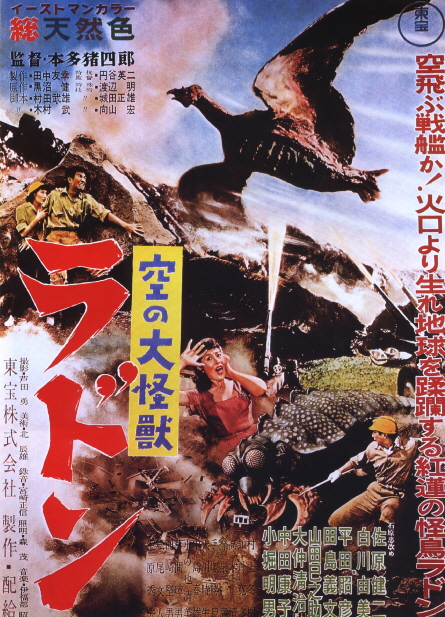
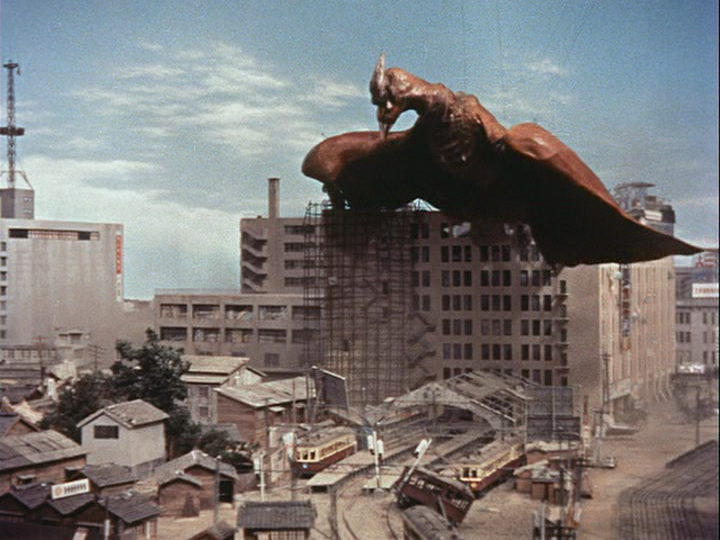

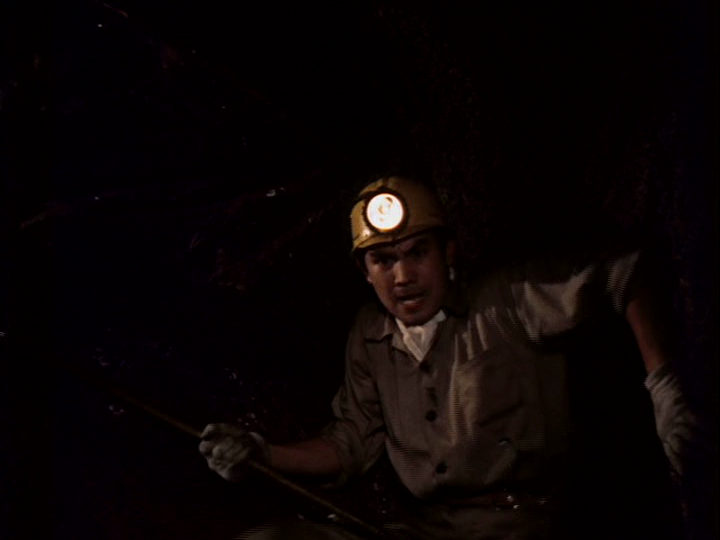
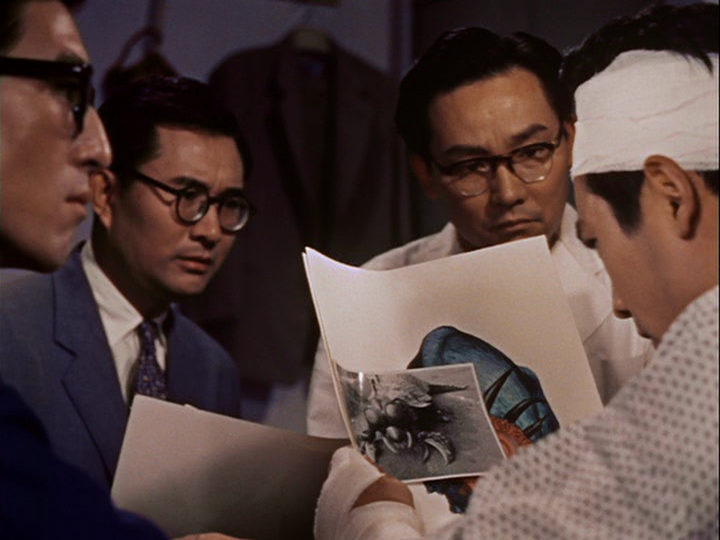
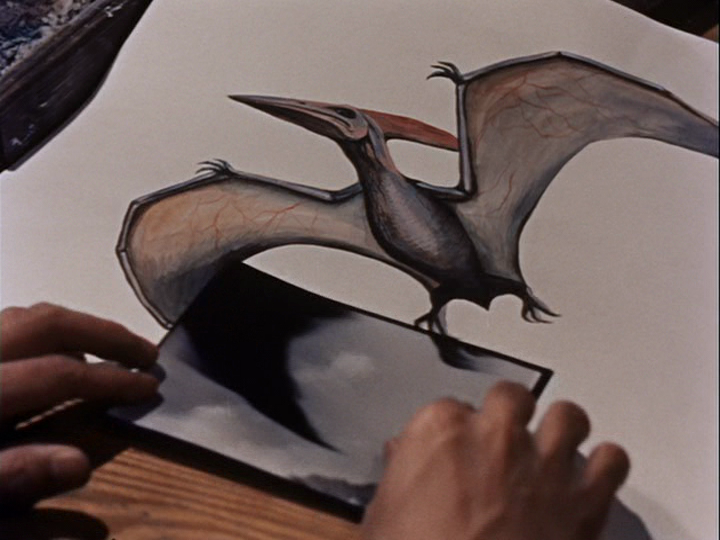

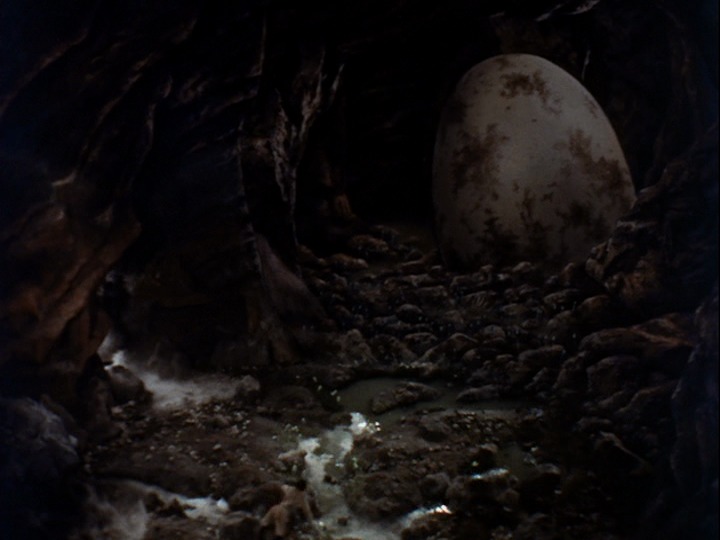
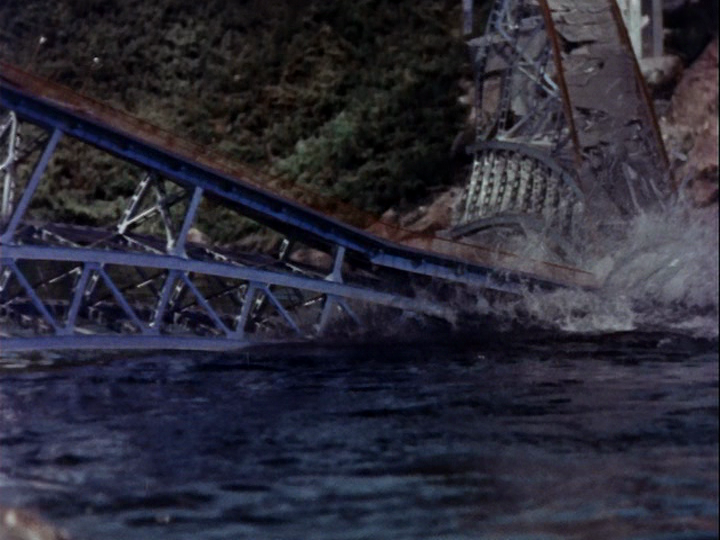
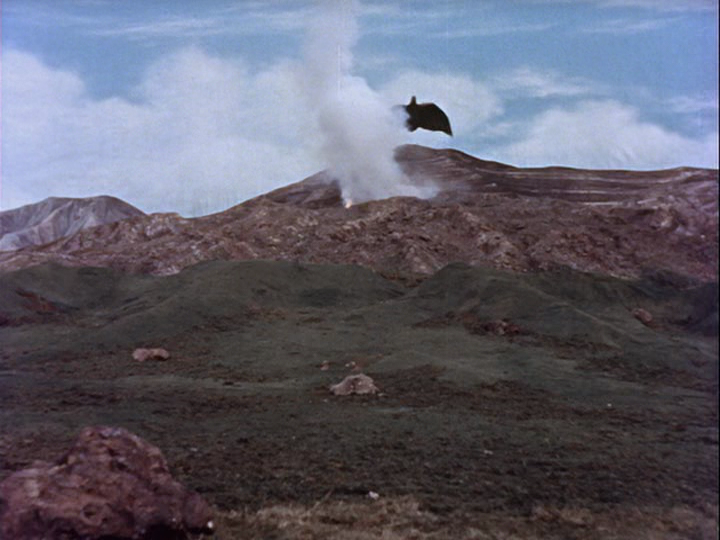
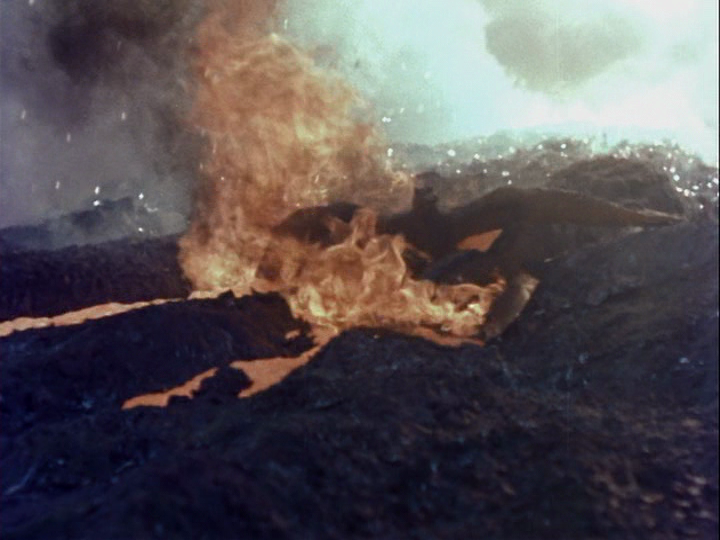
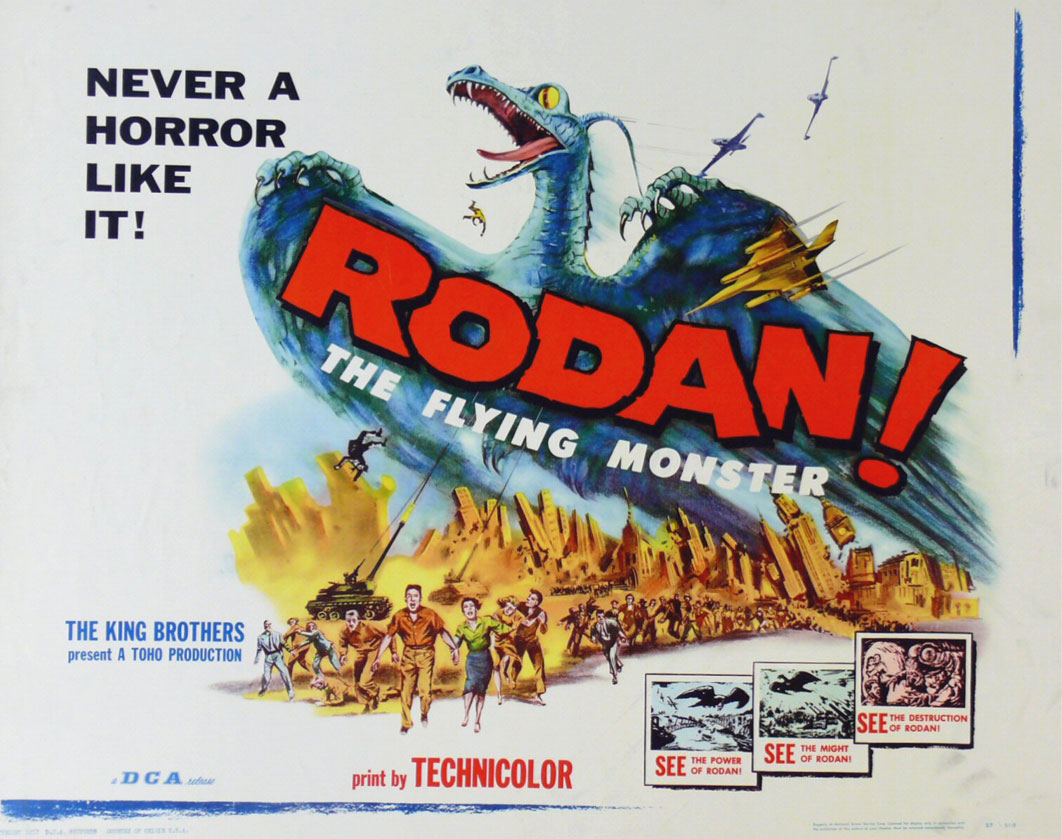

No comments:
Post a Comment